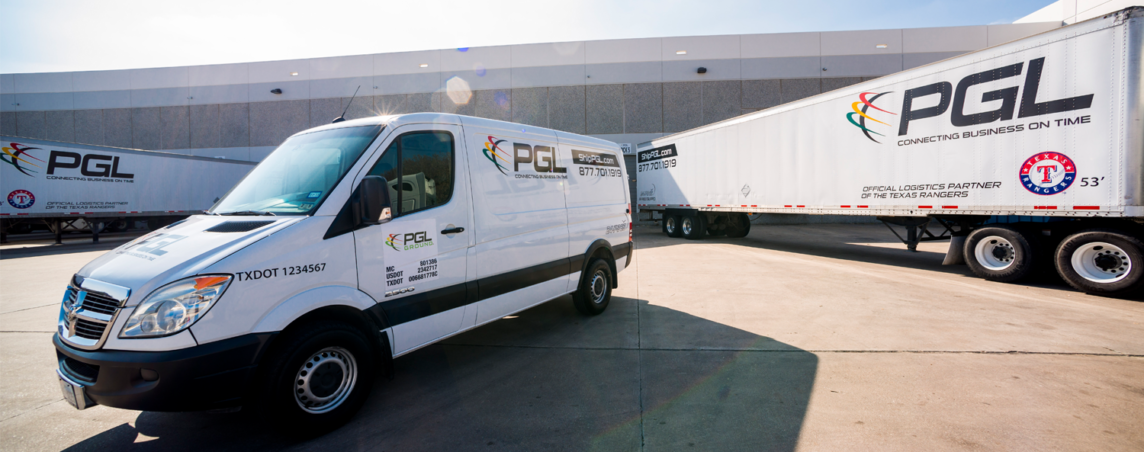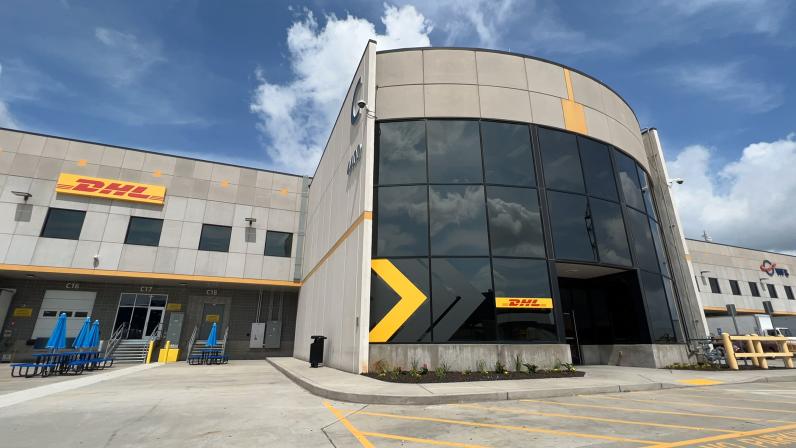Supply Chain Industry Insights
September 2023
Welcome to the PGL Industry Insights report for September, 2023.
Leading our report this month, we touch on the ongoing drought affecting the Panama Canal. Though the canal connects two oceans, it requires 50 million gallons of fresh water to fill the locks for the passage of a single vessel. This shortage of fresh water has led to significant wait times as often over 100 vessels sit at both entrances and wait as long as 4 days, twice as long as usual.
Spots to skip the wait are being auctioned off, leading to costs as high as 2.4 million dollars for a single vessel in late August. Solutions to this drought are being investigated, and include re-routing nearby waterways, which of course, comes with tremendous financial penalties and environmental uncertainty. Despite this, Asia-to-US-East-Coast rates have so far not been adversely affected. PGL will continue to monitor the situation and keep you informed.
In trans-Pacific news, spot shipping rates simmered in August after a summer surge and have fallen by double digits in September. This could mirror the scenario we saw this time last year when some carriers were offering mid-contract discounts to keep business from switching to unusually low spot shipping rates. Carriers are instituting blanked sailings to combat this capacity availability, but only time will tell how much impact that will have on pricing.
According to a FreightWaves SONAR report, North American trucking is in for some big changes as carriers large and small are choosing to exit the industry. This ultimately leads to fewer available trucks, and survivors of this exodus can expect higher rates in the future, assuming volume remains relatively high. There’s no guarantee of that, but with rising LTL rates and steadily-declining inventory, there are reasons for carriers to be bullish if they can weather the storm.
Last month, we told you that diesel prices were on the rise, and that trend has continued through September, with prices surpassing the February high. Of the many factors at play, tight refinery capacity, a reduction of 1 million barrels per day by Saudi Arabia and ongoing sanctions on Russia are the largest contributors to the price hike we’re seeing. The most recent news points to declining prices on the futures market, but that decline has not yet made it to the pump.
In Labor news, President Biden praised the ratification of the West Coast Dock Worker contract Involving the International Longshore and Warehouse Union and the Pacific Maritime Association, Saying: “It’s a good deal for workers, it’s a good deal for companies, and it’s a good deal for the United States of America.”
Speaking of the President and labor actions, Biden joined the striking UAW workers in the picket line on Tuesday as thousands more auto industry workers began striking on Monday and Trump Addressed the union on Wednesday.
The weather may be cooling down, but supply chain industry news certainly is not. As always, PGL will continue doing what we do best, delivering peace of mind, 24/7/365.
Follow us on social media at @ShipPGL







